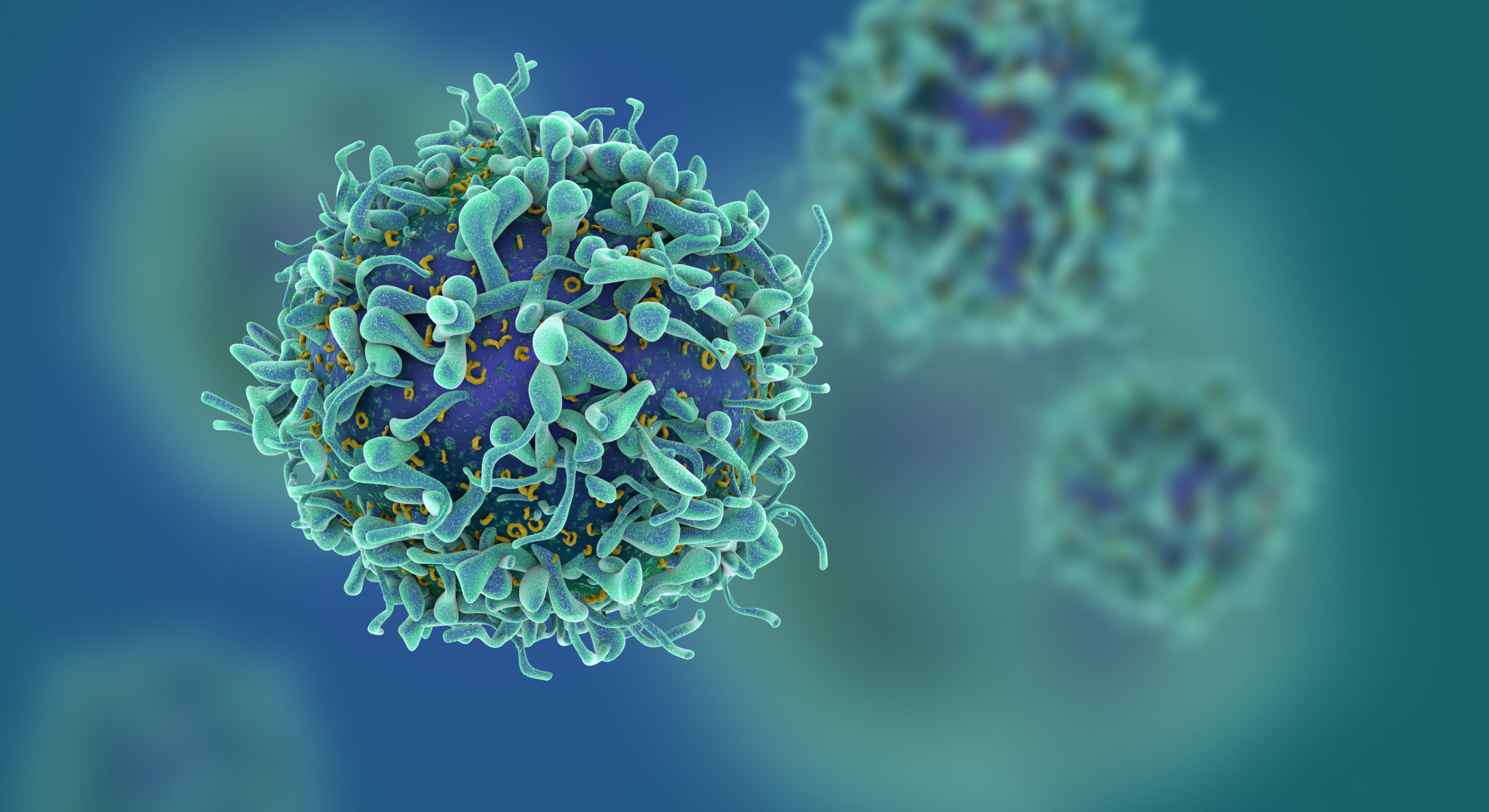New Target Identified for Scleroderma Therapy
Investigators at Northwestern University Feinberg School of Medicine have identified the molecule Egr-1 (early growth response factor 1) as a new therapy target for scleroderma, an autoimmune disease for which there currently is no cure.
Scleroderma, also known as systemic sclerosis, is a chronic autoimmune disease in which the body’s immune system turns on itself. It causes progressive thickening and tightening (fibrosis) of the skin and also can lead to serious internal organ damage and, in some cases, death. Scleroderma affects an estimated 300,000 people in the United States, most frequently young to middle-aged women.
“The implications of our discovery are broad-ranging because fibrosis, or scarring, underlies not only scleroderma, but also other more prevalent diseases such as pulmonary fibrosis, kidney fibrosis, liver cirrhosis, radiation-induced scars, and many others,” says John Varga, MD, professor of medicine-rheumatology and of dermatology at Feinberg and a physician at Northwestern Memorial Hospital. “The role of Egr-1 in fibrosis that we have identified is likely to apply to all of these conditions.”
The findings were spotlighted recently by the National Institute of Arthritis and Musculoskeletal and Skin Diseases, along with similar research findings from the University of Pittsburgh School of Medicine. Both were published in the American Journal of Pathology.
Pharmacological agents used to treat type 2 diabetes mellitus, inflammation, and leukemia might block aberrant Egr-1 activity, Varga says, and could be useful as a novel treatment for scleroderma.
Varga directs the Northwestern Scleroderma Program, which is one of only a handful of centers in the nation that specialize in the disease. Since the disease affects multiple organs, optimal patient care requires the coordinated efforts of physicians from a wide variety of specialties to ensure comprehensive disease evaluation and management. Patients are also given the opportunity to participate in research studies, clinical trials, and education programs.
For the latest findings, Varga led a research team that included Northwestern scientists from pathology, plastic surgery, immunology, and pulmonary and critical care medicine. In one study, the team reproduced scleroderma in mice to show that the levels of the protein Egr-1 become highly elevated in the scar tissue. In a second study, the team used mice where the gene for Egr-1 was genetically deleted to demonstrate protection from the development of skin and lung fibrosis, in contrast to the genetically normal mice. Because the understanding of scleroderma and fibrosis represents a major unmet medical need, fresh insights into the disease process might open the door for novel therapies.
“The Northwestern research team continues to make fundamental contributions to scleroderma by focusing on its underlying molecular and cellular basis,” says Varga. “We believe that only by applying a careful mechanistic approach to dissect the role of cells, molecules, and pathways in this disease can we make real progress. We are now closer to treatments that could control the disease.”
Varga notes that interdisciplinary collaboration is necessary for discovery.
“Scleroderma is an unusually complex disease that simultaneously attacks the vascular, immune, and connective tissue systems and is affected by genetic factors,” he says. “In order to understand this disease, it is essential to explore each of these processes.”
The study was funded by the National Institute of Arthritis and Musculoskeletal and Skin Diseases and by the U.S. Department of Defense.






